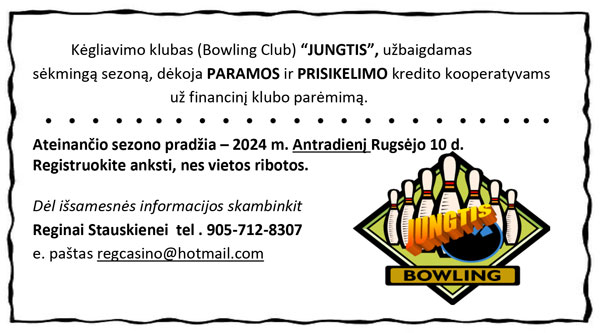
Aušra Andriuškaitė is the World Lithuanian Community’s Development and Sustainability Committee chair, who established the Taiwan Lithuanian Community in 2020. Having a young daughter, she began to think about joining a Lithuanian-language school. She and Giedrė Oki of Japan decided to start an online Lithuanian school “Aušra” for Lithuanians in East and Southeast Asia.
Now there are four teachers for preschool and school-age children in two groups: 3 to 6 year-olds and 7 to 12 year-olds. Giedrė Oki also teaches at the Japanese Lithuanian school “Pelėdžiukai“ (Little Owls), and Brigita Laukevičiūtė teaches at the Singapore Lithuanian school.
Aušra Andriuškaitė says teaching is time-consuming, and they search for ideas on the internet, although lately there has been a lot of help from the Lithuanian ministry of education.
Giedrė Oki began her teaching career helping Japanese children learn English. She taught her son Lithuanian at home, and by the time her daughter was born, she noticed that there were more and more children in the Japanese-Lithuanian community. In February, 2019, she established a Lithuanian school. During the pandemic she came into contact with Aušra, and the two decided to begin a school together. Once some older children joined the school, they brought in teachers Rita Rukė, Brigita Laukevičiūtė ir Sigita Šimkuvienė. Brigita Laukevičiūtė is a German language teacher by profession, lives in Singapore with her Ukrainian husband and two daughters born in Lithuania. Sigita Šimkuvienė, formerly President of the Lithuanian American community, is a teacher and psychologist and helped Aušra form a Lithuanian community in Taiwan.
The “Aušra“ school has children learning Lithuanian for an hour every Saturday. Families pay 15 Euros per month (per family) to participate. The children listen to stories, sing Lithuanian songs, and play games, reviewing colours and numbers and completing assignments. The older children work according to ministry guidelines, and learn about Lithuanian celebrations.
The children enjoy sharing a “secret” language in the countries where they live, and are surprised that everyone speaks that language when they visit Lithuania. Of course those who speak Lithuanian at home make the best progress. Many of them speak three or four languages.
For teachers like Sigita Šimkuvienė who lives in the United States, teaching online means adapting to other time zones. One group has 14 pupils – from Indonesia, Japan, Taiwan, Kinijos, Thailand, Singapore and Australia.
Unfortunately, statistics collected by the Lithuanian Ministry of Foreign Affairs show that only five percent of the 150,000 Lithuanian children in the diaspora are systematically studying the Lithuanian language.






























